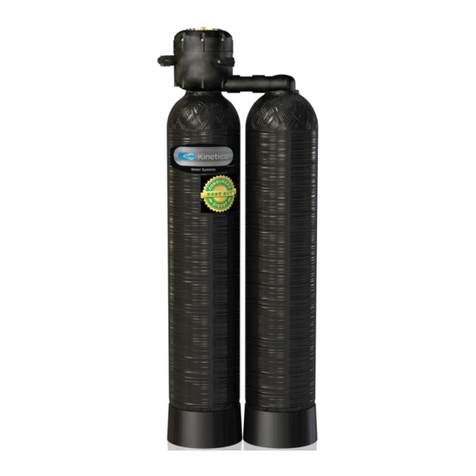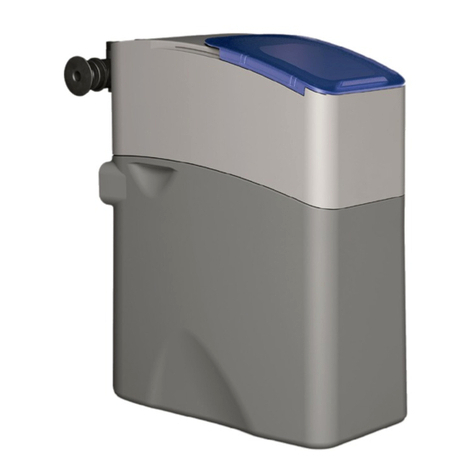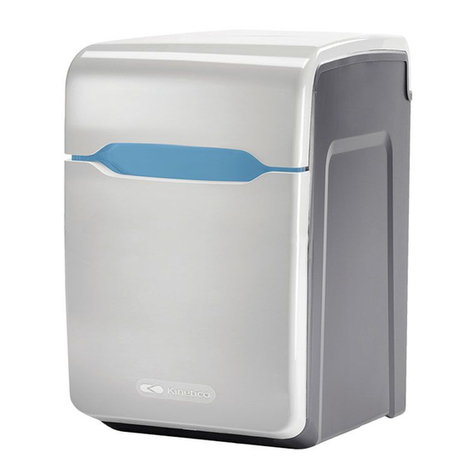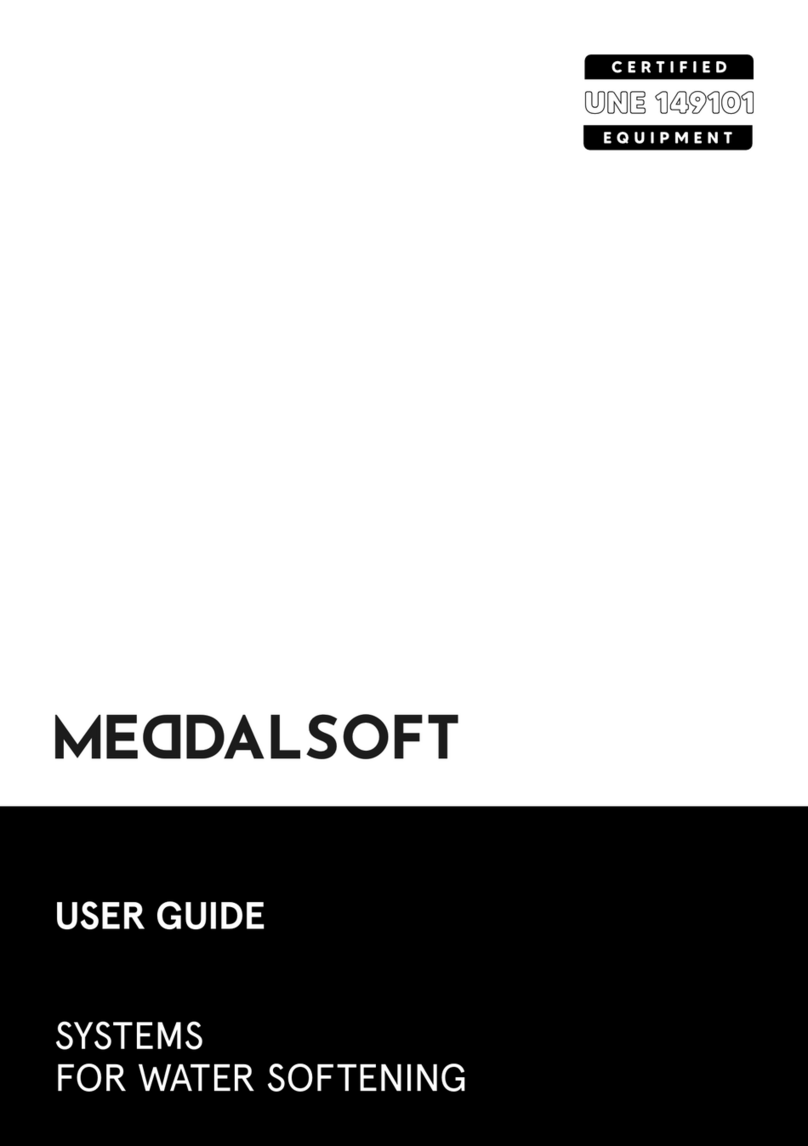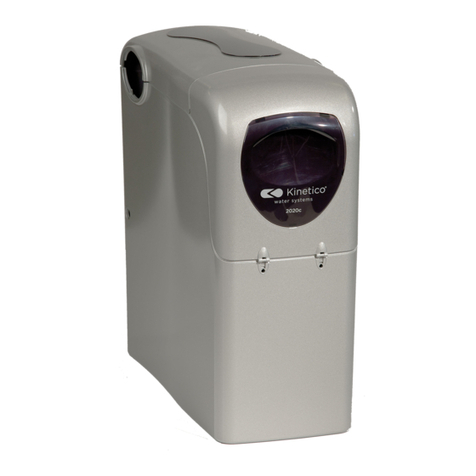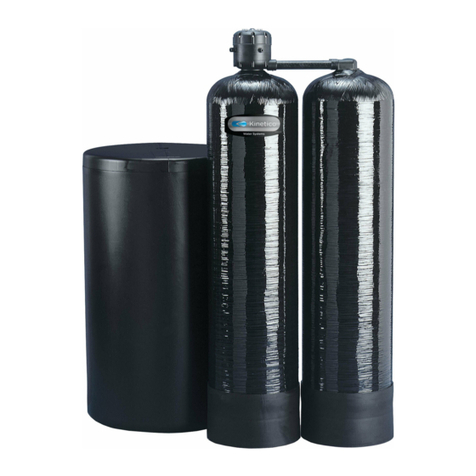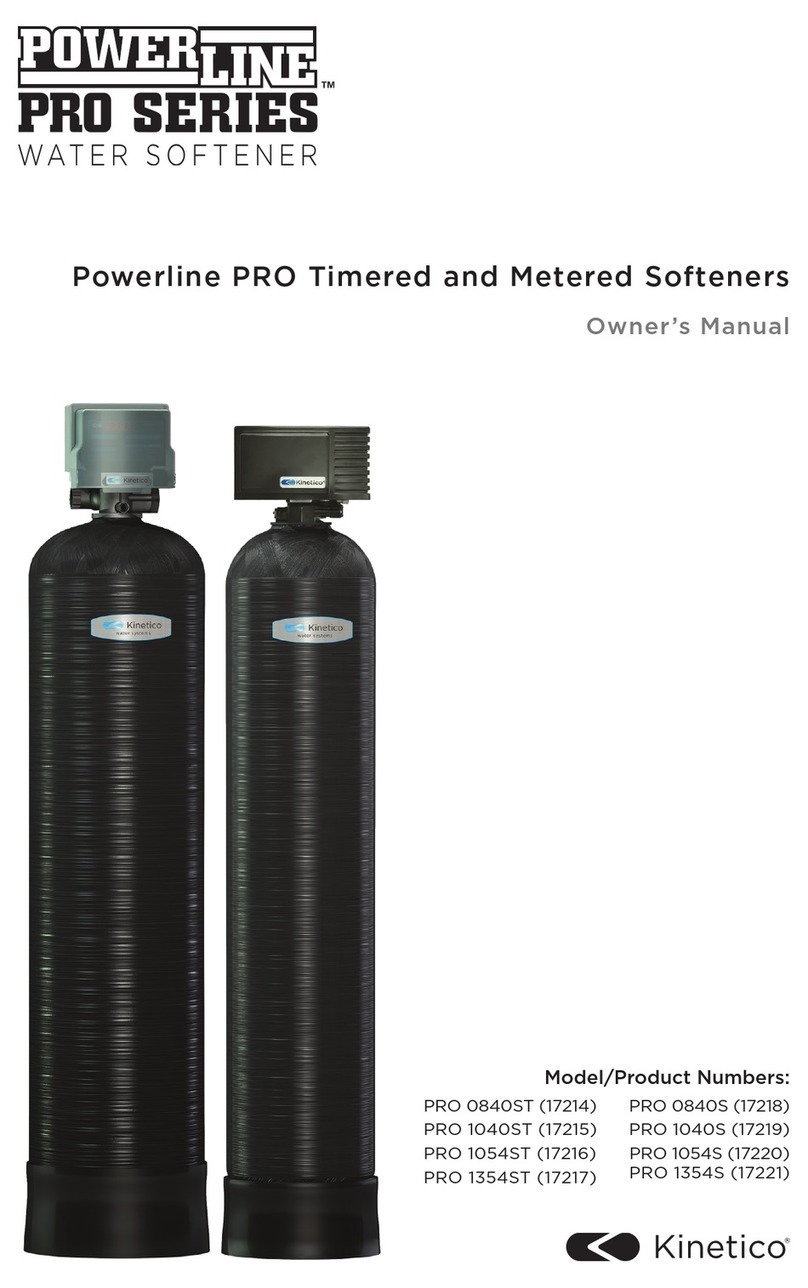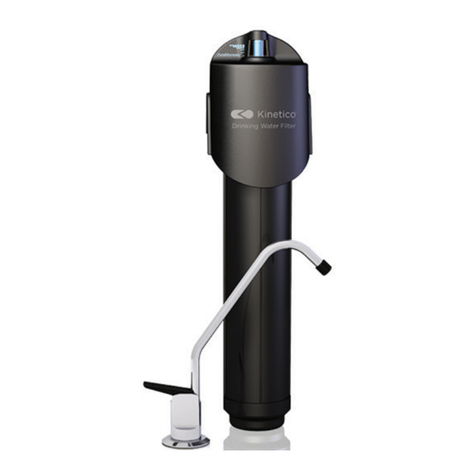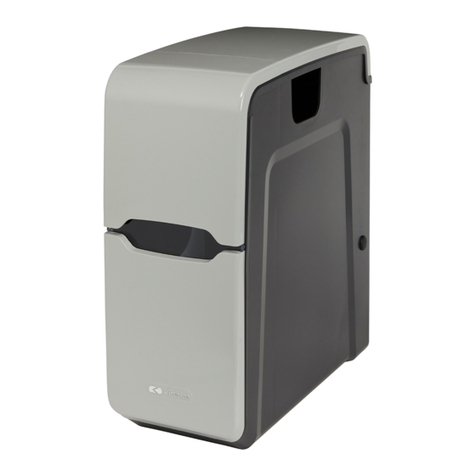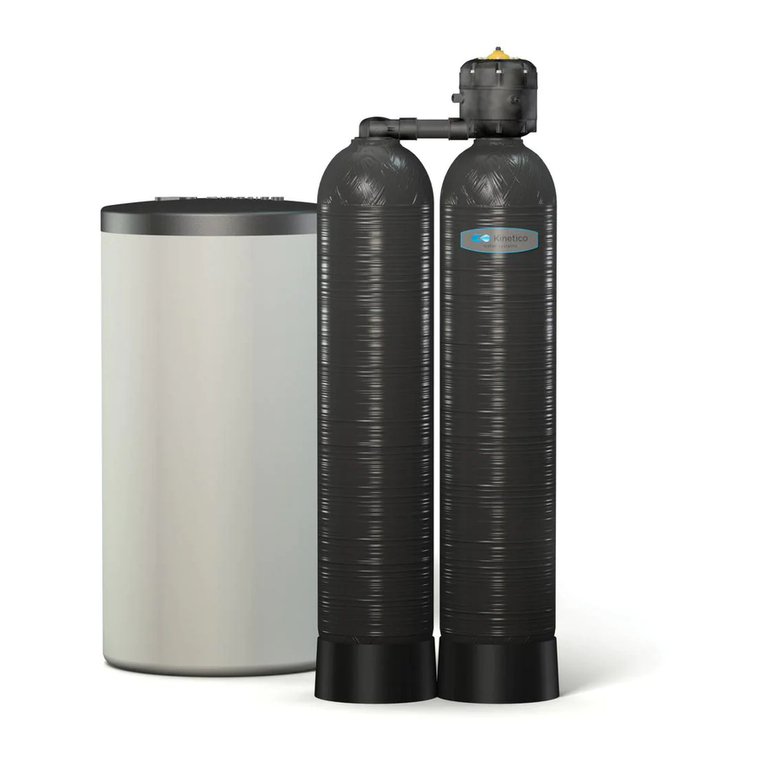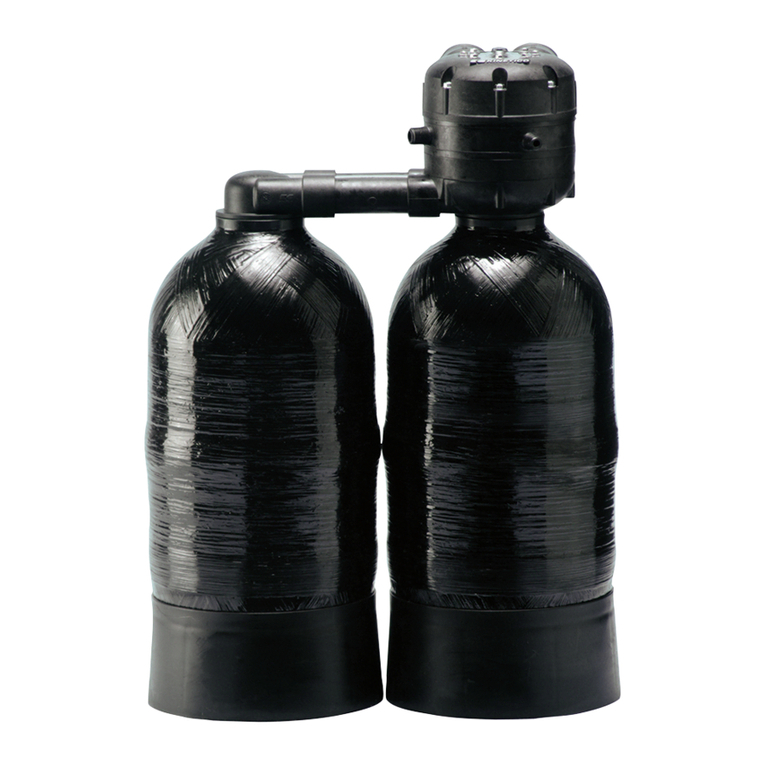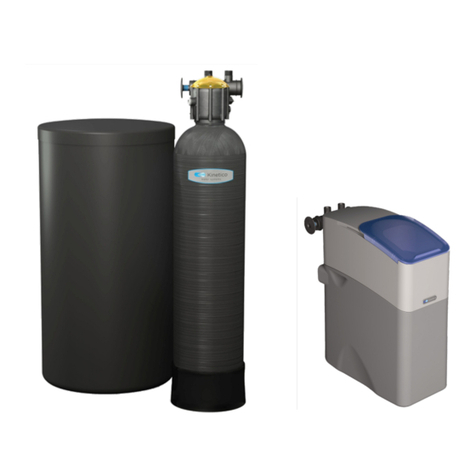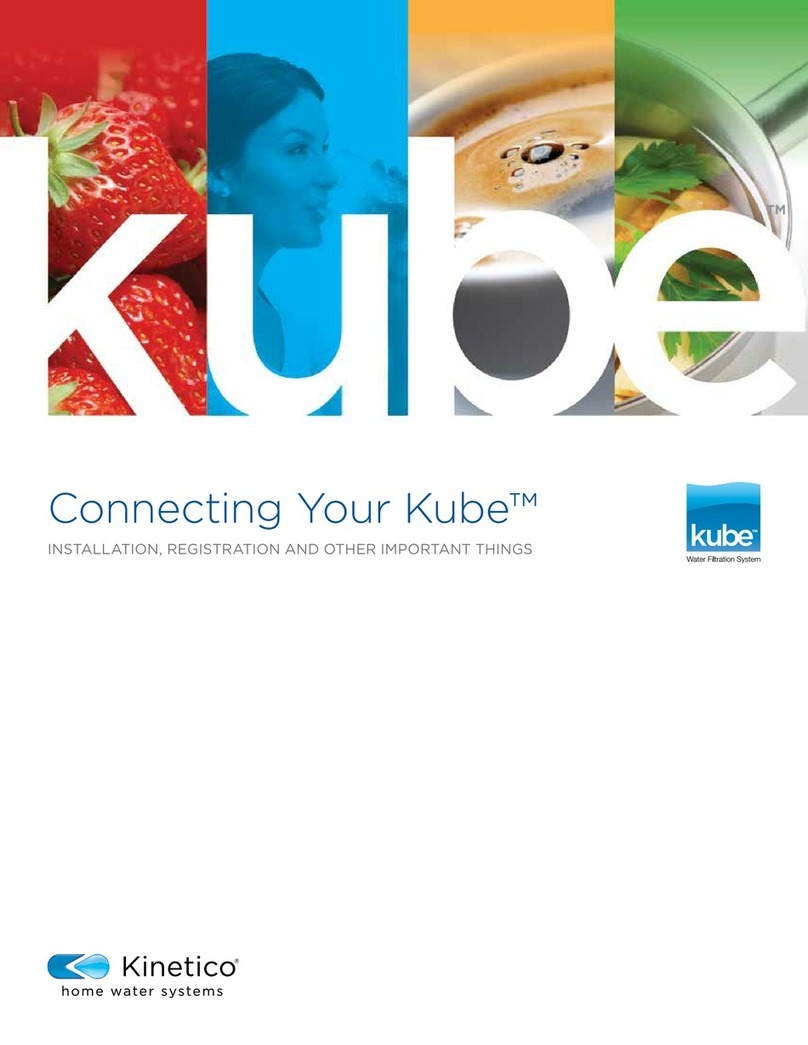
Technical sheet
1. UNPACKING
It is important that before installation and start-up,
check the box and condition of the equipment, in or-
der to guarantee that it has not been damaged during
transport.
Attention: Claims for damage during transport
must be submitted together with the delivery
note or invoice to your distributor, attaching the
name of the carrier within a maximum period of 24
hours after receipt of the merchandise.
Remove the equipment and accessories from their car-
dboard packaging, removing the corresponding protec-
tions.
Attention: Dispose of plastic bags properly and
keep out of the reach of children, as they can be
a danger to them.
Inside you will find (depending on the model): Water
treatment equipment, installation accessories and do-
cumentation.
The materials used in the packaging are recyclable and
must be discarded in the appropriate selective collec-
tion containers or in the specific local center for the
recovery of waste materials.
This product cannot be disposed
of with normal urban waste. When
the useful life of the equipment has
ended, it must be delivered to the
company or center where you pur-
chased the appliance, or to a Clean
Point or specific local center for the
recovery of materials, indicating that
it has electrical, electronic compo-
nents and refrigerant gas.
The correct collection and treatment of useless equi-
pment helps to preserve natural resources and also to
avoid potential risks to public health.
2. INTRODUCTION
This manual describes the characteristics of the F, UF
and RO versions. Some models do not have the 3 ver-
sions, in case of doubt consult your distributor.
F systems include sediment filtration and activated car-
bon filtration.
UF systems include sediment filtration, activated car-
bon filtration, and ultrafiltration membrane. RO sys-
tems include sediment filtration, carbon filtration,
reverse osmosis membrane, and pH corrector (remine-
ralizer) cartridge.
Congratulations. You have purchased one of the best
existing water treatment equipment on the market for
office use.
This equipment will help you improve the characteris-
tics of the water, providing you with the highest quality
water with low mineralization.
Your equipment will provide you with different benefits
and advantages:
• It is a physical system that does not use or add chemi-
cals to the water.
• Provides a high quality of water.
• It has a low maintenance cost.
• Ensures high production.
3. TYPES OF TREATMENTS
These dispensers are available, depending on the mo-
del, with different types of water treatment: filtration,
ultrafiltration and reverse osmosis.
3.1 What is filtration?
Sediment filter.
Filtration is the process of separating suspended solids
in water through a porous medium, also called a filter.
The water passes through the pores of the filter, but
the particles with a size greater than the pores of the
filter are retained in it, thus giving rise to clearer water.
Columbia Dispensers incorporate 5µm filters.
Active carbon filter.
Activated carbon is used to remove chlorine from wa-
ter, as well as to improve the taste, smell and eliminate
some organic components thanks to its great capacity
as an adsorbent. Columbia Sources incorporate granu-
lated carbon.
3.2 What is ultrafiltration?
Ultrafiltration is the system used to completely elimina-
te viruses and bacteria from water. Ultrafiltration mem-
branes have a porosity between 0.1 and 0.001 µm, which
is why they are capable of retaining suspended particles
much better.
3.3 What is osmosis?
Natural or direct osmosis is the most common in natu-
re, since semi-permeable membranes are part of the
vast majority of organisms (for example, plant roots, or-
gans of our own body, cell membranes, etc.).
When two solutions of different concentrations of salts
are separated by a semi-permeable membrane, a na-
tural flow of water occurs from the solution of lower
concentration to the one of higher concentration. This
flow continues until the concentrations on both sides
of the membrane equalize.
This appliance is intended to be used in domestic
and similar applications.
• Personal kitchen areas in stores, offices and
other work environments.
• Rural lodgings and by clients in hotels, motels
and other residential type environments.
• Bed and breakfast type environments.
• Restaurant services and similar non-retail
applications.
More technical information at:
wtreatmentresources.com/LKDH029282J.html
